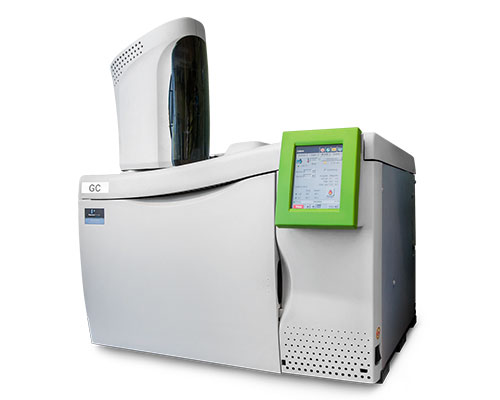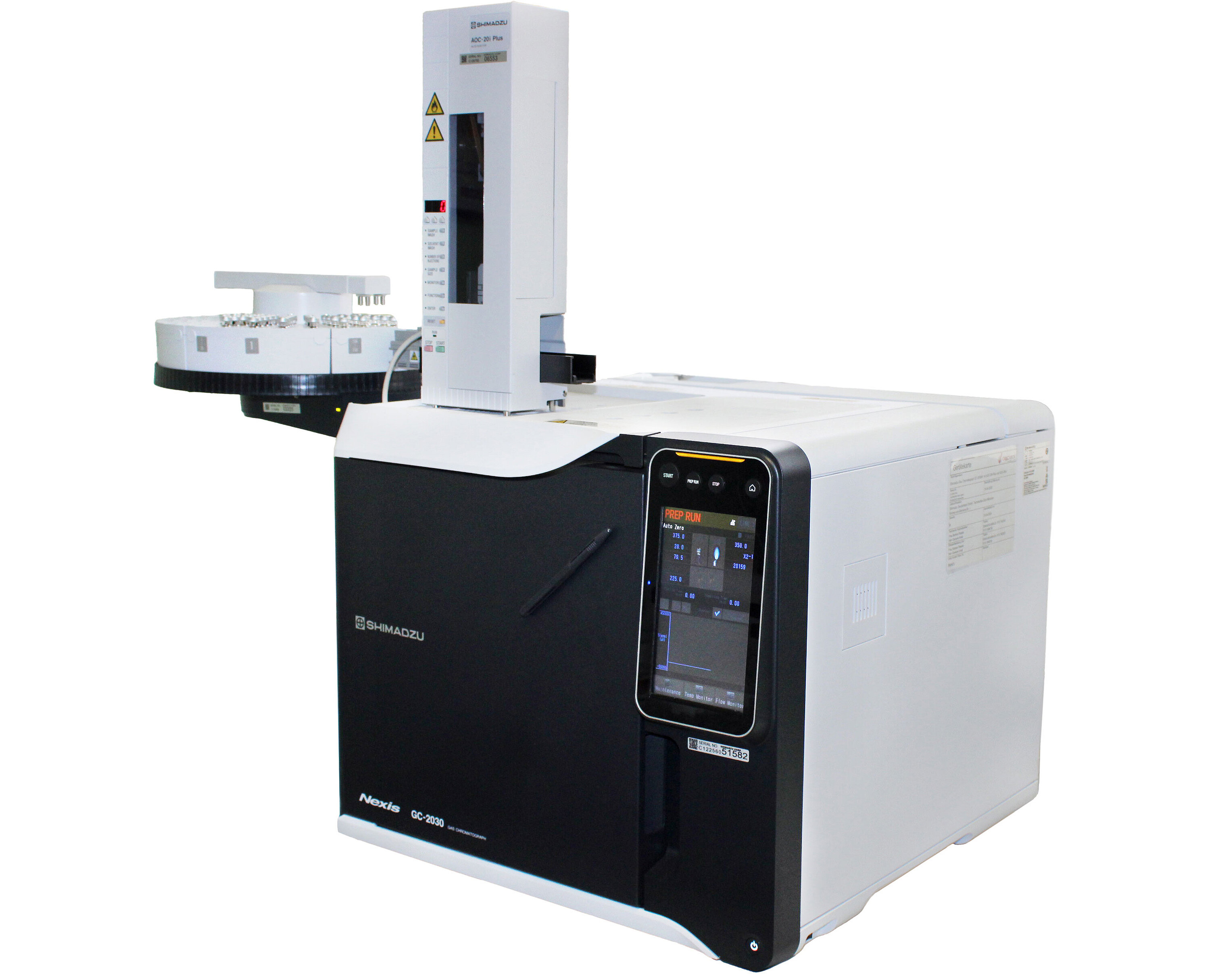

| OELCHECK test instrument: | Clarus 500 gas chromatograph from PerkinElmer & GC 2030 von Shimadzu |
| Sample quantity: | 3 ml |
| Unit: | % (weight) |
| Test result: | fuel content |
| Result range: | diesel: <0.3 - >20 % biodiesel: <0.3 - >10 % gasoline: <0.3 - >9 % |
| Analysis for: | oils from diesel, gasoline and biodiesel engines |
| Brief description: | Chromatographic procedures are used to break complex mixtures of substances down into their components. In gas chromatography, the mixture for investigation is injected into a narrow capillary column using an injector. This column is made of a material similar to glass with an internal coating of chemically modified polysiloxane. The capillary column is 15 m long with an internal diameter of 0.25 mm. However, the polysiloxane coating is only 0.25 μm thick. The column is placed in a thermally adjustable oven. Hydrogen, as a carrier gas, is flowed through it continuously. If the used engine oil enters the column, it evaporates and the individual components are flushed through the column in gaseous form by the carrier gas. Depending on their structure and the temperature in the oven chamber, the individual components evaporate at various speeds and then remain on the surface of the column for different lengths of time. They are therefore broken down based on their boiling temperature. As the individual components leave the column, a detector identifies them. It records them in a chromatogram. The later a component is detected at the column outlet, the higher its boiling point. The area under a peak in the chromatogram is proportionate to the amount of the component in the mixture. As the fuel components generally have a lower boiling point than that of the oil, these can therefore be separated and quantified. |
| Statement: | Fuel enters the engine oil as condensation on cold starts, via blow-by gases, due to incorrect carburettors or bad timing, due to blocked air filters or defective injectors. "Biodiesel", which is comparably more reluctant to ignite, is also found in oil as a fuel. Excess fuel dilutes the engine oil and damages the structure of a stable lubricating film. |
| Underlying test standard: | ASTM D7593 |
| Comparable methods: | DIN 51454: determination using simulated distillation |